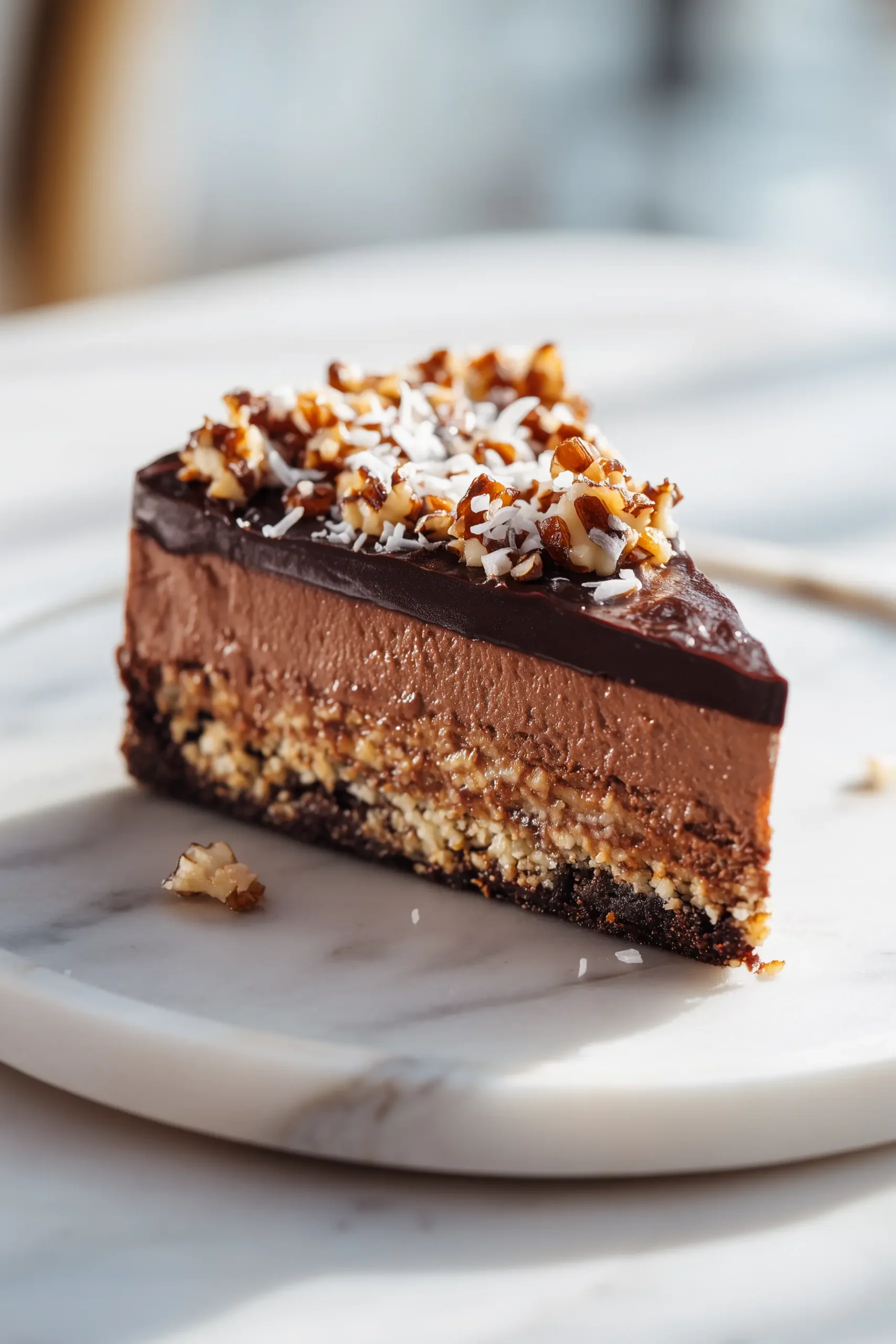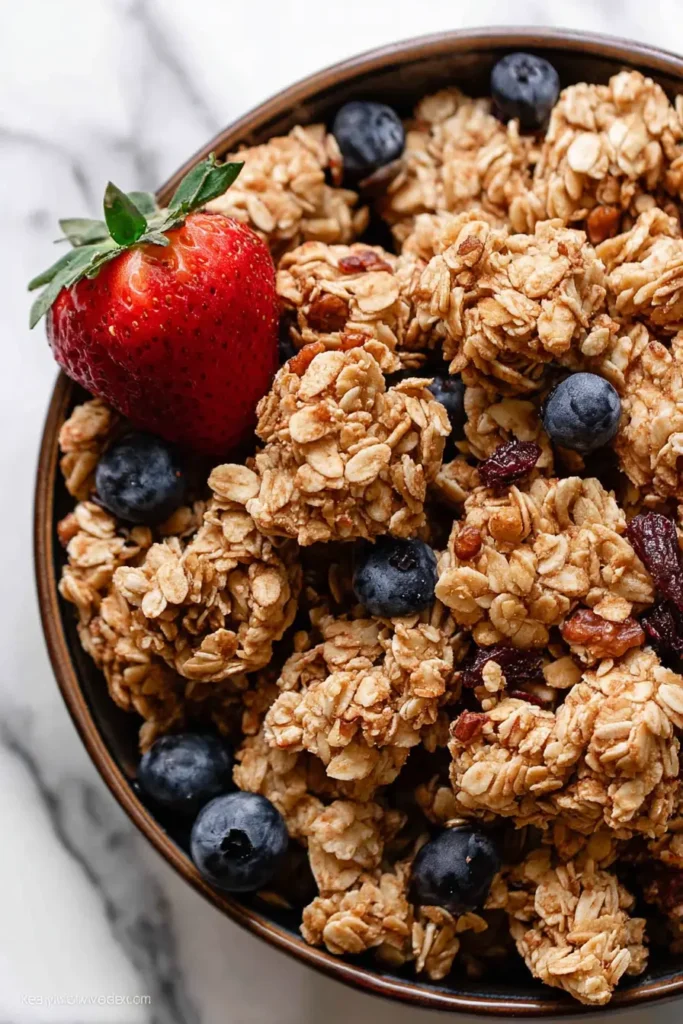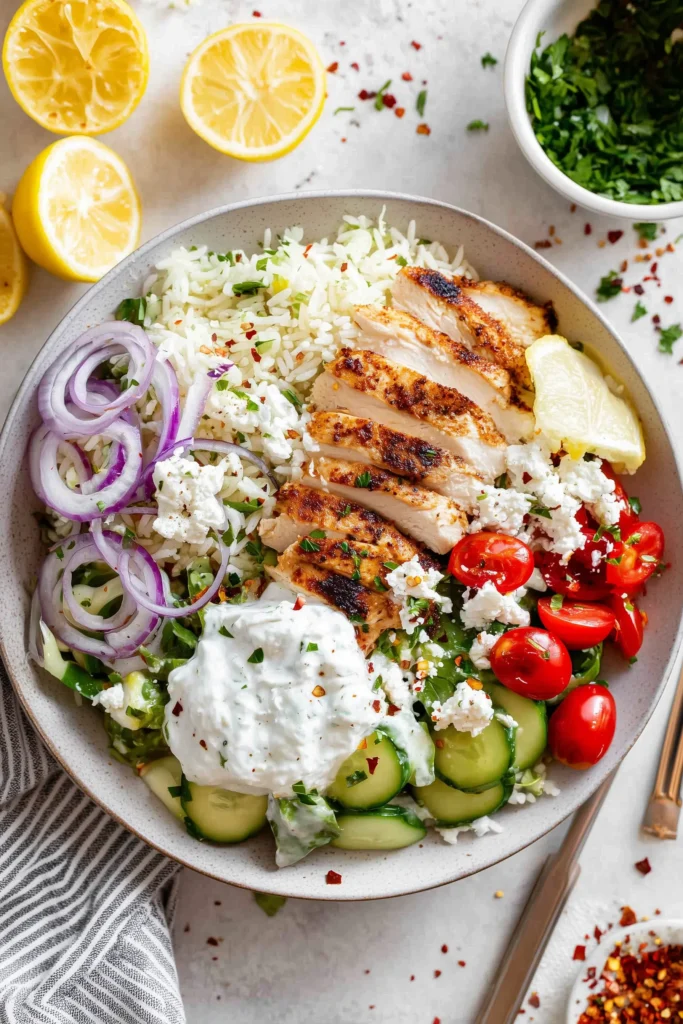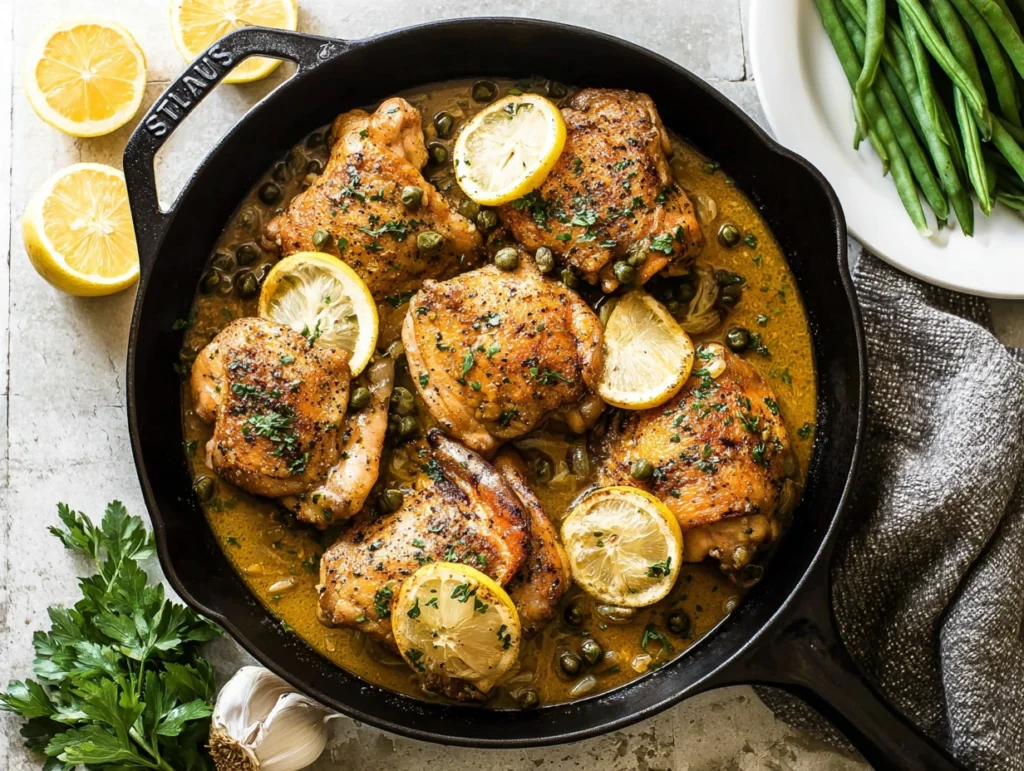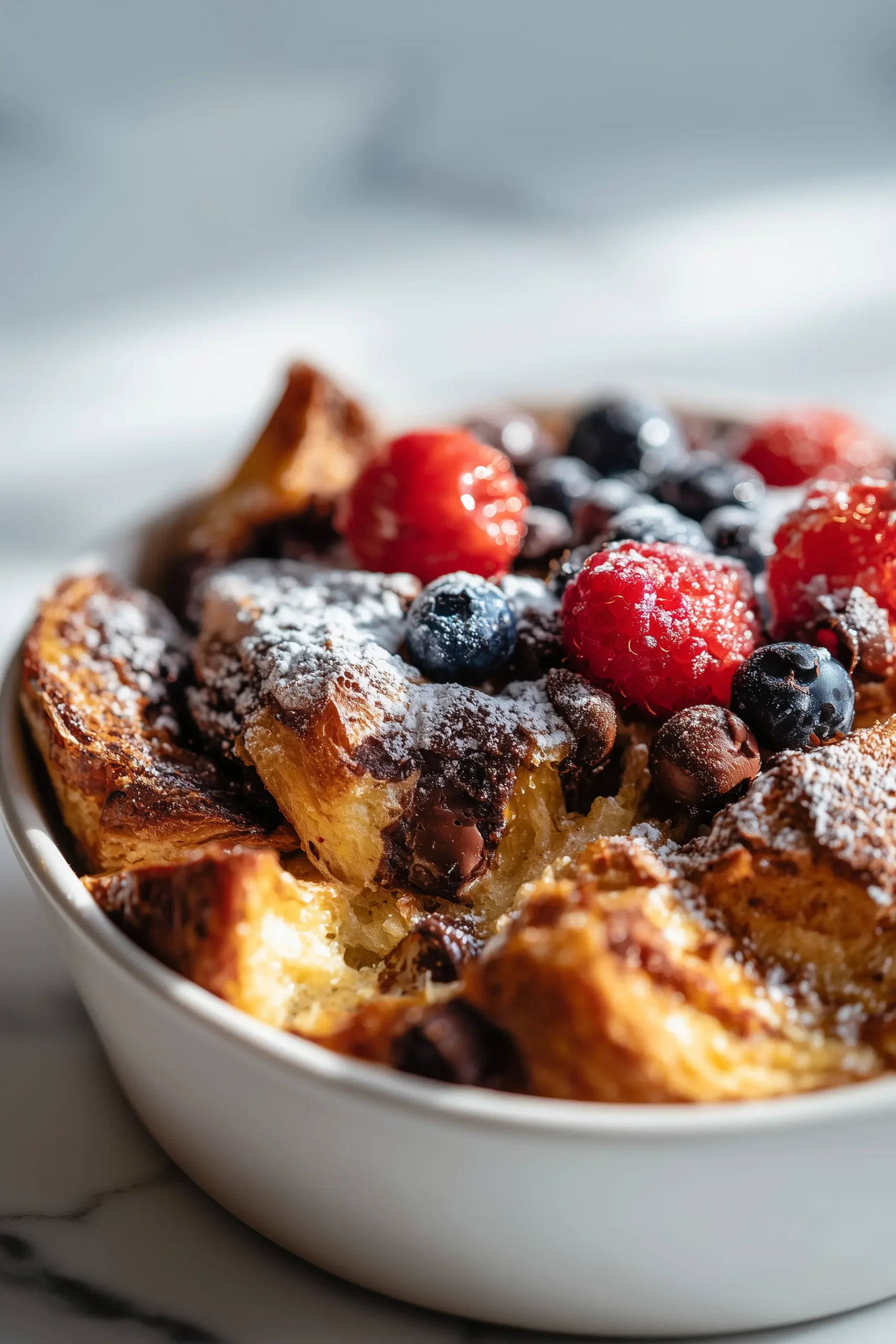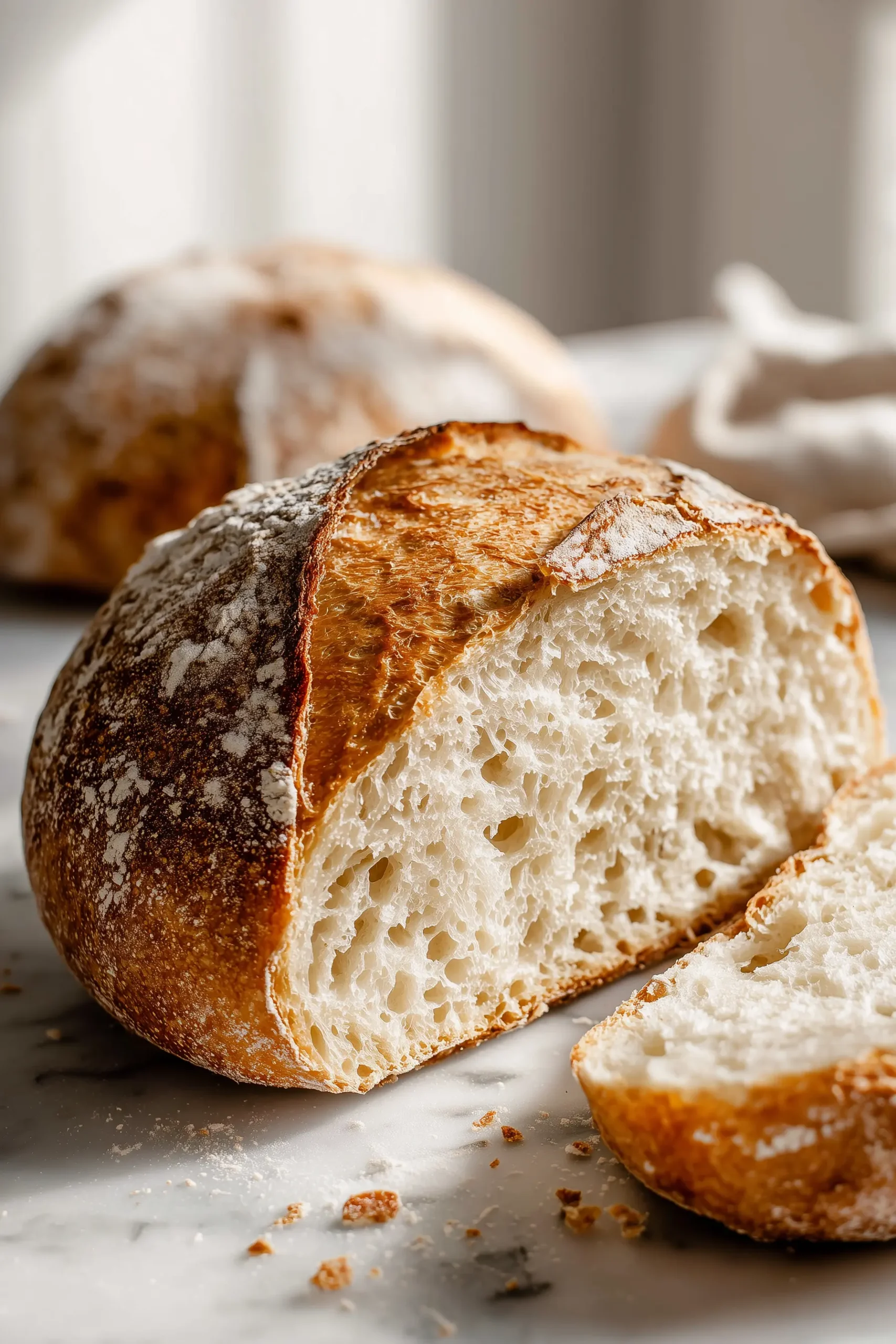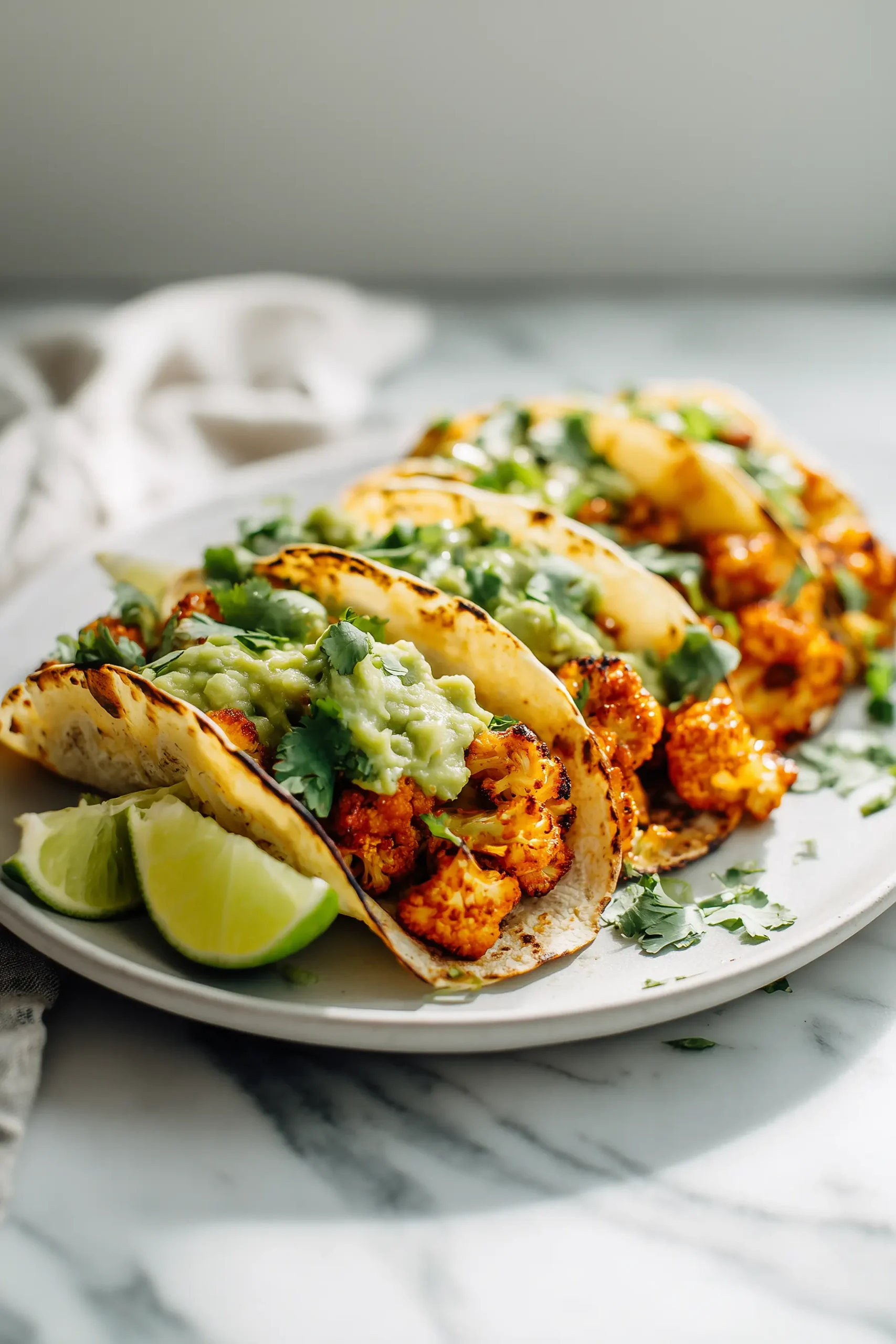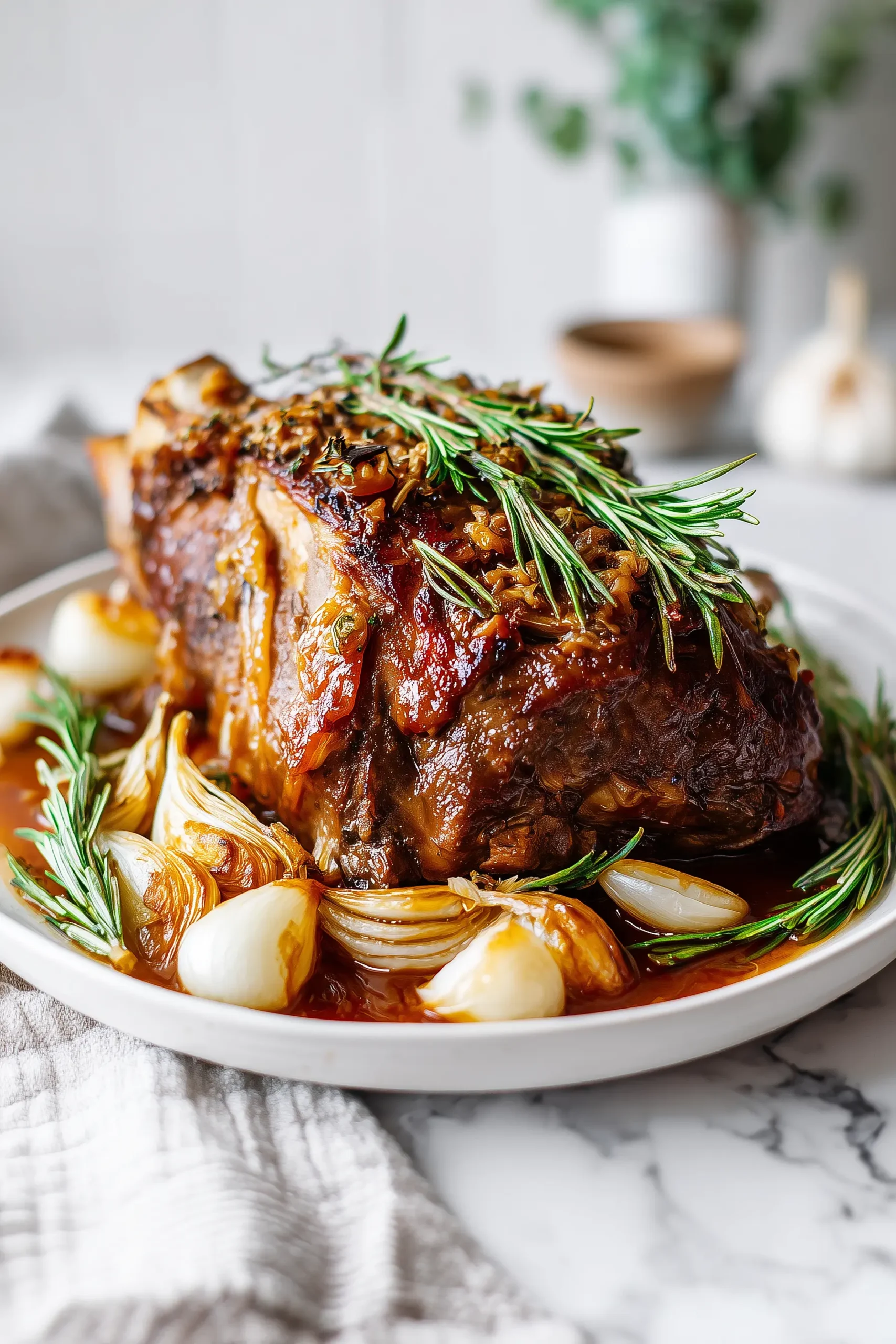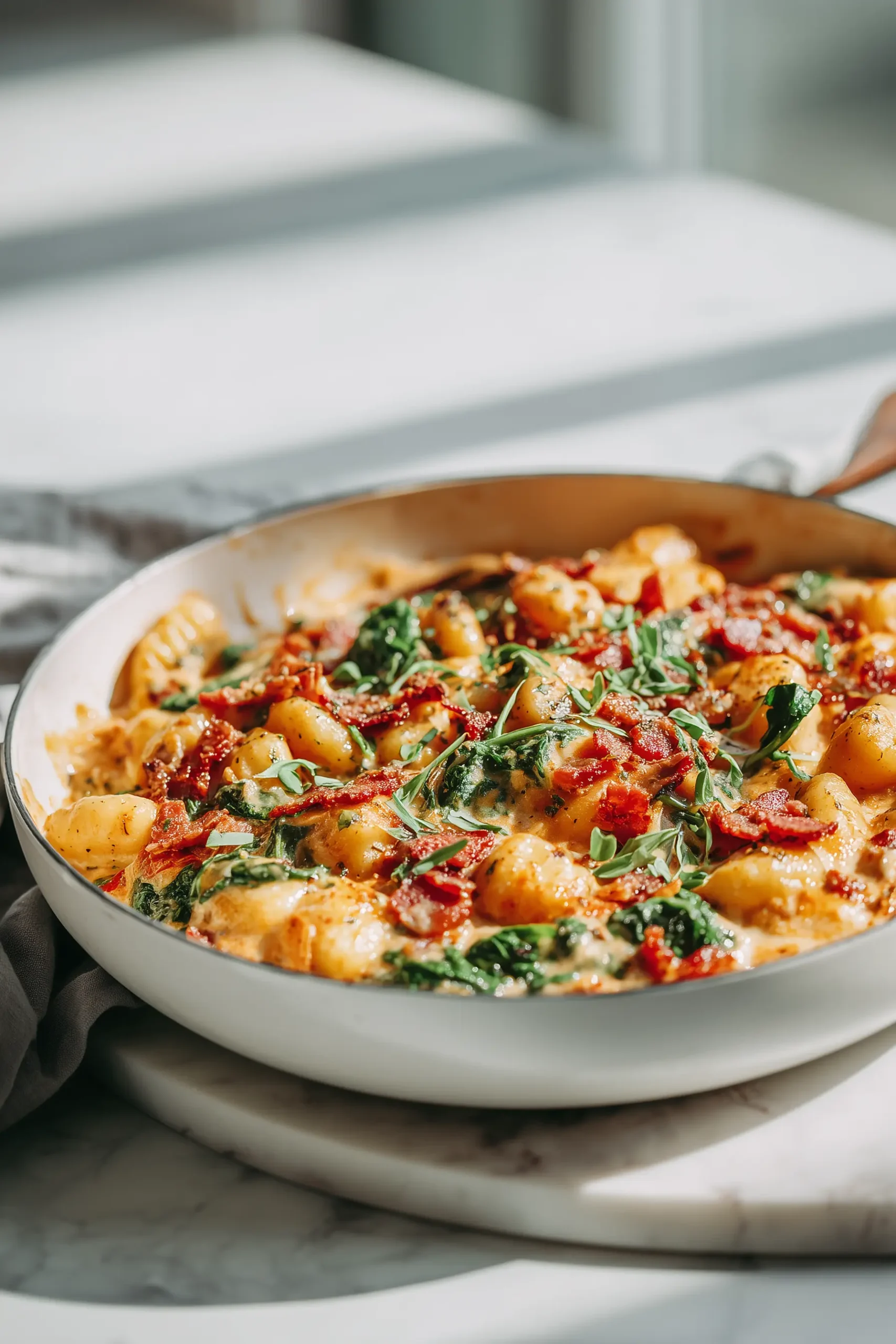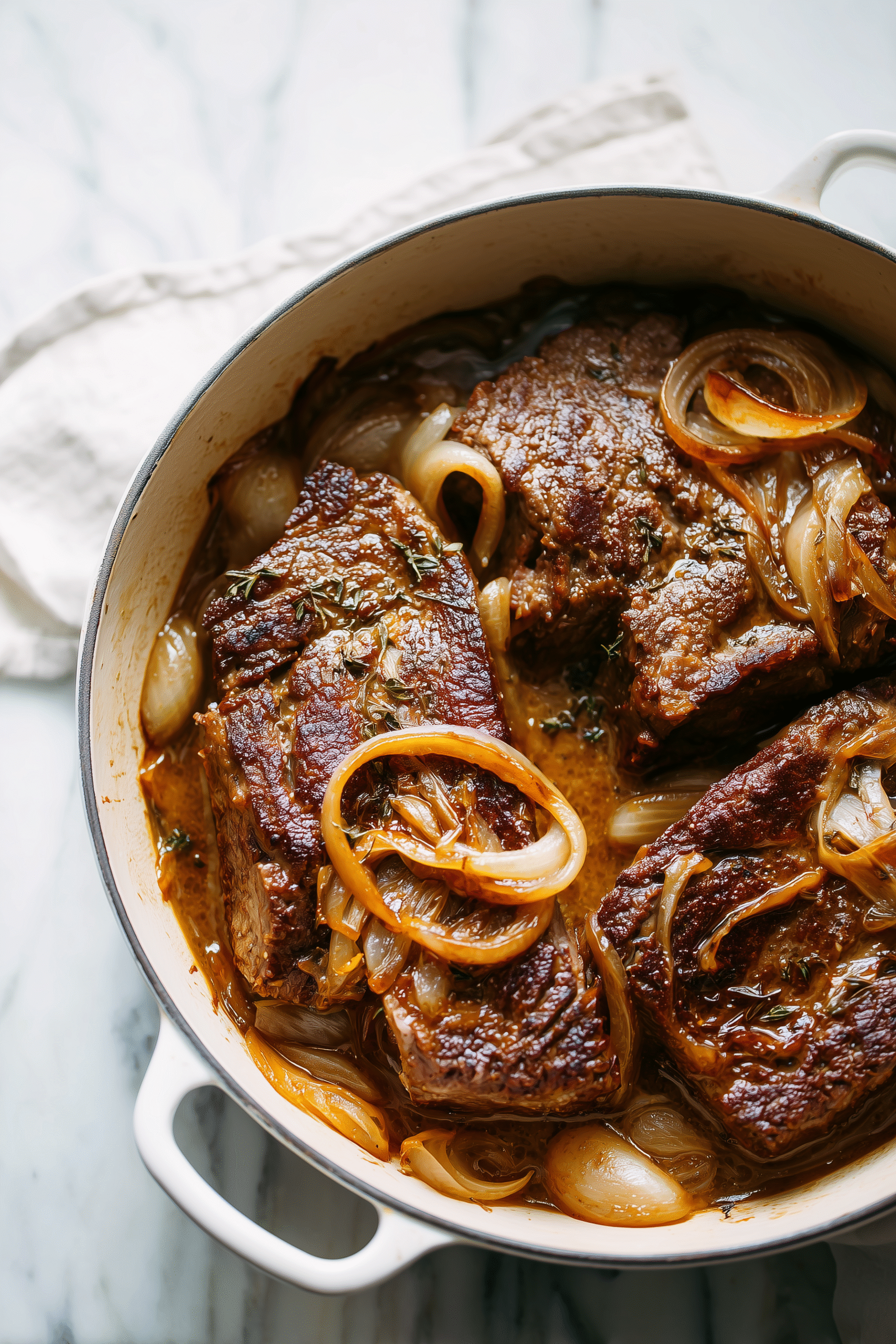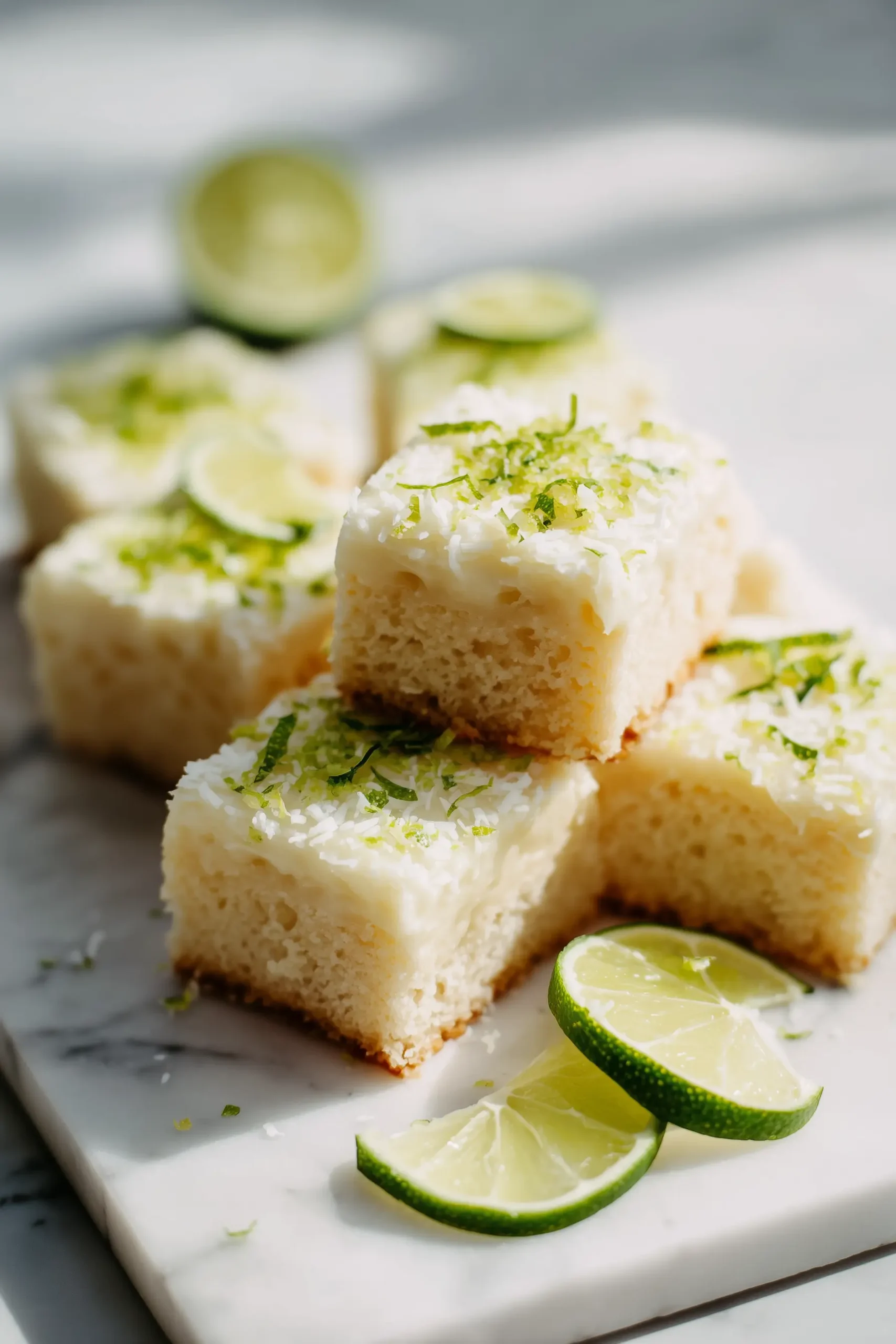Life’s Too Short For Boring Food.

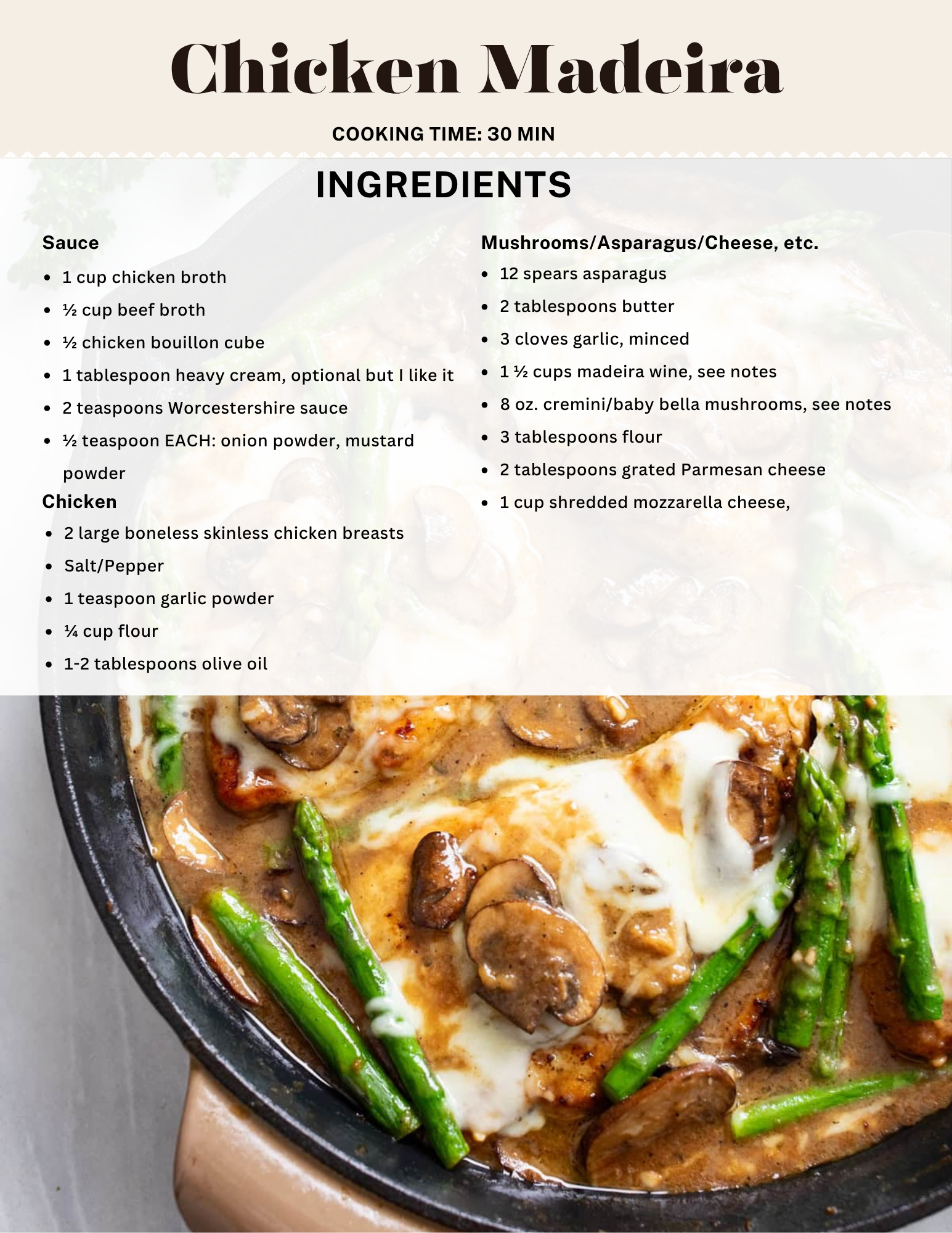
Your Free Cozy Recipe Ebook Awaits
Get 10 Comforting Recipes
I created this little collection of 10 recipes for anyone who needs comfort on busy days dishes that feel warm, familiar, and full of flavor.
From creamy pastas to roasted veggies and crispy chicken, every recipe is made to bring a little joy back to your kitchen.
Sign up to get your free copy and start cooking with comfort.
Featured On







Hey there! I’m Nessy Chiamo
Homegrown Chef · Comfort Food Enthusiast · Flavor Storyteller
I’m a 43-year-old New York–based creator who believes every meal deserves a little crisp, a little cream, and a whole lot of comfort. I grew up in a tiny apartment where food was how we celebrated, healed, and stayed close. Today, I turn simple ingredients into cozy, flavor-packed recipes that make your kitchen feel like home.
Connect with me
Let’s stay connected ! Join me on social media for cozy comfort-food inspiration, crispy veggies, creamy casseroles, and warm kitchen moments shared daily.
Fudgy Flourless Brownies
Fudgy flourless brownies with a glossy top, rich chocolate flavor, naturally gluten-free, gooey and effortless.


